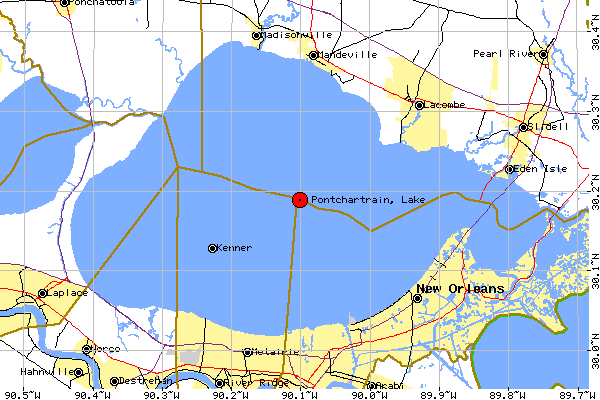Summary Pitch Trim Failure Crew 7 Survivors 0 Date 25 February 1964 Survivor 0 | Passengers 51 Injuries (non-fatal) 0 Total fatalities 58 (all) Passenger count 51 | |
 | ||
Similar Linjeflyg Flight 277, Pacific Air Lines Flight 773, United Airlines Flight 823, Eastern Air Lines Flight 512, Bonanza Air Lines Flight 114 | ||
Eastern Air Lines Flight 304 was a Douglas DC-8 flying from New Orleans International Airport to Washington Dulles International Airport that crashed on February 25, 1964. All 51 passengers and 7 crew were killed. Among the dead were American opera singer and actor Kenneth Lee Spencer and Marie-Hélène Lefaucheux, a women's and human rights activist and member of the French delegation to the United Nations.
Flight 304, which had originated in Mexico City, left New Orleans International Airport for Atlanta at 2:01 a.m., Central Standard Time, and disappeared from radar at 2:10 a.m. Visibility was good, although there was a light rain. The winds were calm. The Coast Guard and other searchers sighted the wreckage around dawn in Lake Pontchartrain, about 20 miles (32 km) northeast of New Orleans.
The subsequent investigation concluded that the jet crashed into Lake Pontchartrain en route due to "degradation of aircraft stability characteristics in turbulence, because of abnormal longitudinal trim component positions."
The water was only 20 feet (6 m) deep, yet only 60 percent of the wreckage was recovered because the breakup was so extensive. The flight data recorder tape was too damaged to help the investigation. Instead, investigators used the maintenance records of the crashed aircraft and of other DC-8s, to conclude that the pilots had trimmed the horizontal stabilizer to the full nose-down position, to counter the excessive nose-up attitude that, in turn, was caused by a malfunctioning pitch trim compensator that had extended too far. Once the upset occurred, it was not possible to trim the horizontal stabilizer back to the nose-up position, because of the severe G-forces generated by the crew's pulling back on the yoke after the upset.
